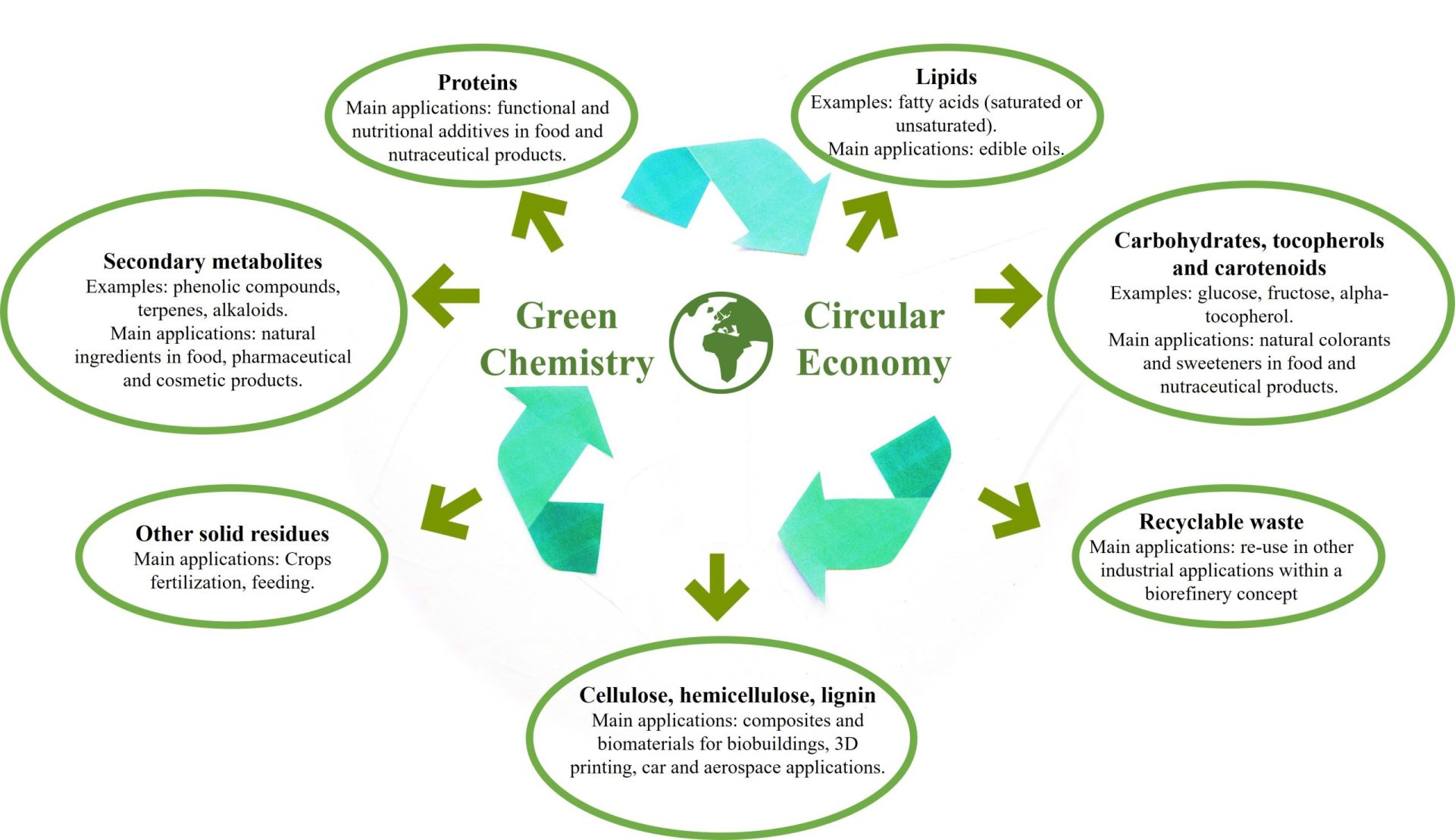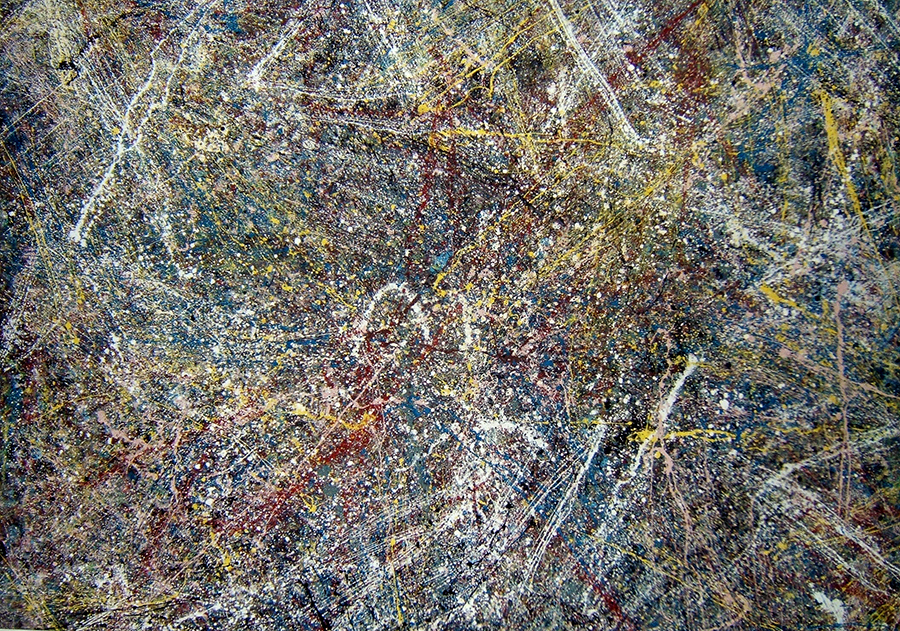The agricultural and agri-food industries are responsible for the yearly production of enormous quantities of byproducts, which have given rise to concerns regarding their direct disposal into nature or conventional use for energy production. Fortunately, there’s a bright new direction in the offing! In order to comply with international legislation and policies, including those set out in the United Nations Sustainable Development Goals (SDGs) and the Paris Agreement on climate change, there is a current shift towards the establishment of circular economies through the implementation of novel techno-economically viable procedures for the valorization of the copious waste derived from the agrifood and agricultural sectors.
In addition to environmental considerations, agricultural and agri-food residual biomass is currently regarded as a valuable resource with potential for a range of value-added applications. The 4Rs framework (Reduction, Recovery, Recycling, Reuse) is the perfect way forward. With the ultimate goal of achieving zero-waste, there has never been a better time to explore the amazing potential of this biomass. For instance, among the trending strategies, researchers and both public and private stakeholders in the agri-food and agricultural sectors are paying close attention to the recovery of bioactive compounds (such as polyphenols and proteins) which can further be incorporated into functional food, cosmetics and packaging ingredients. In light of the potential toxicity and the growing consumer rejection of synthetic ingredients, this approach offers an excellent opportunity to develop a new generation of healthy, biobased products.
Green chemistry has made incredible strides as part of this trend for developing cutting-edge technologies and advanced procedures to extract and isolate the bioactive fraction of food-related by-products. The implementation of novel technologies such as ultrasonication, microwave, pulsed electrical field together with the potential of environmentally-friendly solvents such as water, ethanol and deep eutectic solvents, could enhance the recovery of functional and health -related compounds. Other technologies, such as subcritical water and supercritical carbon dioxide (CO2) extractions, have also been widely investigated and optimized, with great success!
After the extraction of the bioactive fraction, the use of resulting residues can play a truly crucial role in the development of cheap, more environmentally friendly, and more sustainable construction and packing materials. Indeed, due to their richness in cellulose, hemicellulose, and lignins, numerous opportunities are continuously emerging for preparing advanced materials with particular properties such as sound and heat isolation. For those concerned about the impact on the environment of synthetic fibers (such as glass, carbon, ceramic fibers, and others), there’s therefore great news: these residues are considered natural fibers together with other untreated byproducts (such as flax, hemp, jute, kenaf, and more) and are nowadays widely used for preparing bio-based materials!
Indeed, the academic and industry sectors alike are giving natural fiber a lot of attention when it comes to reinforcing materials! There are great advantages to natural fibers over synthetic and petroleum-based ones, and a whole world of natural fibers is out there just waiting to be discovered! From flax and hemp to jute straw and wood, rice husk and wheat, barley and oats, rye and cane (sugar and bamboo), grass and reeds, kenaf and ramie, oil palm empty fruit bunch, sisal, coir, kapok, paper mulberry, banana fiber, pineapple leaf fiber, bamboo, papyrus, and so much more, the possibilities are ENDLESS! For instance, thermoplastics reinforced with special wood fillers are enjoying rapid growth due to their many advantages! They are lightweight, reasonably strong, and stiff, which makes them ideal for a wide range of applications from packaging to aeronautics, car and construction materials. The potential of reinforcing polymers with natural fibers derived from agricultural and agri-food industries is truly astonishing! It can reduce the use of pure polymers, regardless of their recyclability, and contribute to the valorization of residual biomasses while maintaining or even improving the thermal and mechanical properties of resulting materials.
Hence, Green Chemistry is leading the way in addressing current and future environmental challenges by establishing a circular bioeconomy; a model where ‘’by-products’’ are not undesirable waste or low-added value residues, but ‘’co-products’’ and ‘’raw materials’’ to be reutilized in novel food, cosmetic, nutraceutical and pharmaceutical products, and high-added value materials. It seems, therefore, reasonable to say that we are now on the brink of a BRIGHT FUTURE! The possibilities are endless, and the impact is profound!




